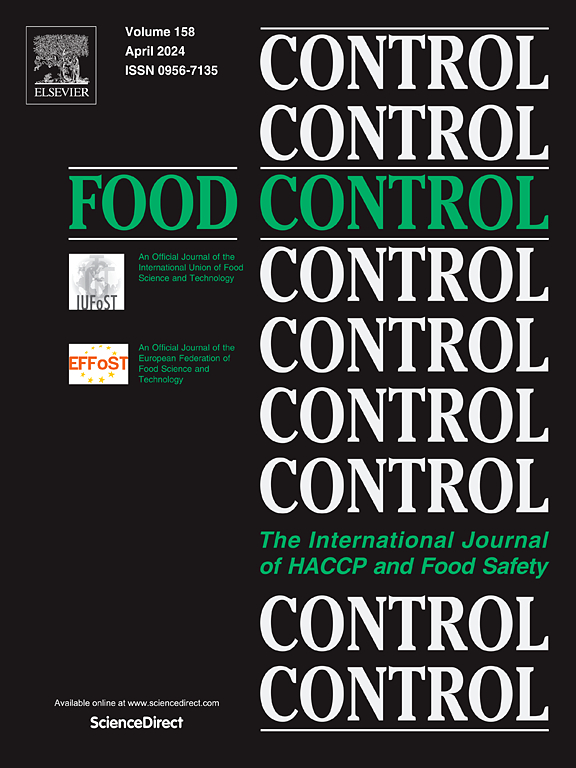Infrared thermogenesis: Review of multifaceted effects on cereal grains' functional, morphological & rheological properties and safety concerns
IF 5.6
1区 农林科学
Q1 FOOD SCIENCE & TECHNOLOGY
引用次数: 0
Abstract
Infrared radiation is a non-ionizing electromagnetic radiation ranging from 0.78 to 1000 μm and lies between red visible and microwave region. With an advent in atomic age, it has been gaining considerable interest in the food processing industries as it attenuates the disadvantages caused by other thermal processing treatments leading to enhanced yield of milling along with improved functional properties. Infrared radiation is a thermal processing treatment; however, it possesses several benefits over methods of conventional thermal treatment as it has a reduced time of heating, lower rate of quality losses, versatile in nature, low energy requirements, causes uniform heating, reduced surface hardening and equipment is simple and compact. Once infrared radiations come in contact with food particles, they start penetrating the food material further leading to vibration of water molecules that causes the food product to heat up. This article examines the working principles of infrared heating and how it affects cereal grains and flours. The changes that infrared heating causes on structural morphology, functional characteristics, physico-chemical properties and other aspects may help to support the use of exploration as a food processing alternative in the future.
求助全文
约1分钟内获得全文
求助全文
来源期刊

Food Control
工程技术-食品科技
CiteScore
12.20
自引率
6.70%
发文量
758
审稿时长
33 days
期刊介绍:
Food Control is an international journal that provides essential information for those involved in food safety and process control.
Food Control covers the below areas that relate to food process control or to food safety of human foods:
• Microbial food safety and antimicrobial systems
• Mycotoxins
• Hazard analysis, HACCP and food safety objectives
• Risk assessment, including microbial and chemical hazards
• Quality assurance
• Good manufacturing practices
• Food process systems design and control
• Food Packaging technology and materials in contact with foods
• Rapid methods of analysis and detection, including sensor technology
• Codes of practice, legislation and international harmonization
• Consumer issues
• Education, training and research needs.
The scope of Food Control is comprehensive and includes original research papers, authoritative reviews, short communications, comment articles that report on new developments in food control, and position papers.
 求助内容:
求助内容: 应助结果提醒方式:
应助结果提醒方式:


